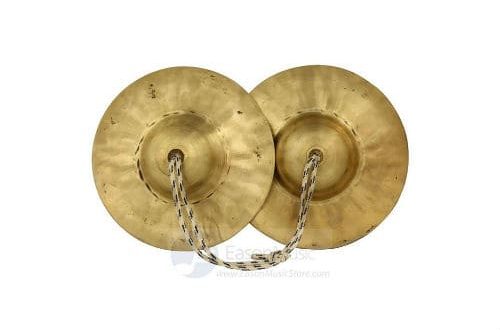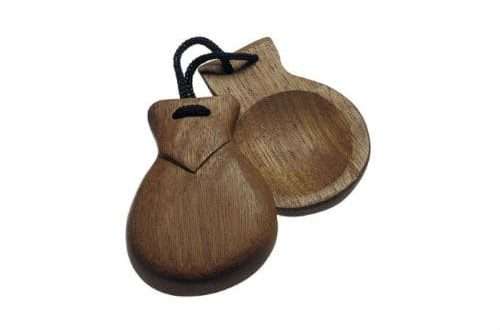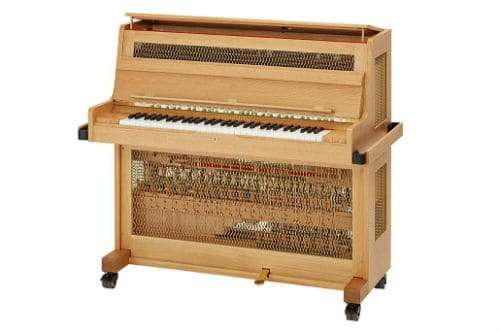
Celesta: instrument description, history, sound, interesting facts
Contents
There are sounds that resemble magic. Everyone knows them. Not everyone understands what musical instrument can plunge into a fairy tale. The Celesta is a musical instrument capable of doing just that.
What is celesta
The celesta is a small percussion instrument. The average height is one meter, width – 90 centimeters. Classified as an idiophone.
The word “celesta” (in other words – celesta) translated from Italian means “heavenly”. The name describes the sound as accurately as possible. Once you hear it, it’s impossible to forget.
It looks like a piano. Above there is a shelf for music. Next are the keys. Pedals are installed at the bottom. The performer is located on a comfortable chair in front of the specimen.

This musical instrument is rarely used solo. Most often it sounds as part of a group, under the guidance of a conductor. The celesta is not only used for classical music. Similar sounds appear in jazz, popular music, rock.
What does celesta sound like?
The sound of the celesta in music is one of the examples that can amaze the music lover. The sound is similar to the chime of small bells.
There is a division of samples into two types, in which the sound range is considered:
- The instrument is capable of spanning four octaves: starting from the “C” of the 1st octave and ending with the “C” of the 5th octave (c1 – c5). It is the most popular type.
- Up to five and a half octaves.
Such a classification will help you choose the appropriate option for various musical works.
Tool device
It looks like a piano. Accordingly, the mechanism for obtaining sounds is similar, but simpler.
The performer, sitting comfortably on a chair, presses the keys that are connected with hammers that hit the metal platforms. The latter are mounted on wooden resonators. As a result of such a blow, a sound resembling the ringing of bells appears.
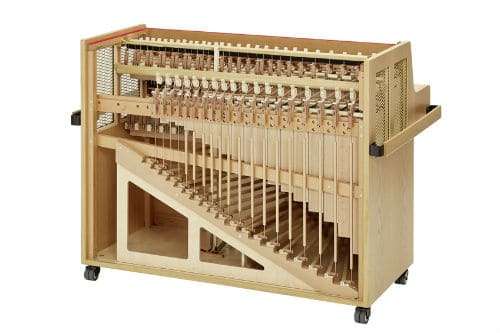
The history of the creation of the celesta
The history of creation begins in the distant 1788. C. Clagget collected the “tuning fork clavier”, which is considered the progenitor of the celesta. The mechanism was based on hammer blows on tuning forks. Different sounding was achieved due to different sizes of steel tuning forks installed in the sample.
The second stage of history begins with the creation of the “dultison” by the Frenchman Victor Mustel. The event took place in 1860. This sample had a similar principle of operation. Later, Victor’s son, Auguste Mustel, finalized the mechanism. The tuning forks were replaced with steel plates with resonators. In 1886, this invention was patented. The resulting sample was called “celesta”.
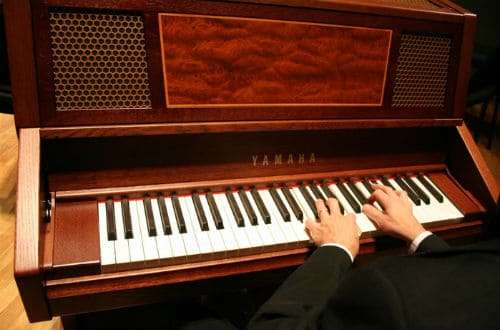
Using
The creation of a new instrument led to its appearance in various works. It gained its greatest popularity in the late 19th and early 20th centuries.
Celeste first appeared in W. Shakespeare’s The Tempest in 1888. The composer Ernest Chausson used it as part of his group. It was the triumphant sound of academic music.
These performances in France amazed P.I. Tchaikovsky. The Russian composer admired what he heard and decided to bring this sound to his homeland. Bell sounds appeared in the works of the great musician. For the first time in Russia, the event took place in 1892 at the Mariinsky Theater at the premiere of The Nutcracker ballet. In subsequent years, similar sounds appeared in the ballad “Voevoda”.
In classical music, the celesta also appeared in other works by famous composers. G. Mahler included it in symphonies No. 6 and No. 8, “Song of the Earth.” G. Holst – in the suite “Planets”. Symphonies Nos. 4, 6 and 13 by Dmitry Shestakovich also contain similar sounds. The instrument appeared in the operas A Midsummer Night’s Dream (E. Britten), The Distant Ringing (Schreker), Akhenaten (F. Glass).
The sounds of the “bell” were found not only in symphonic works. At the beginning of the 20th century, similar sounds began to appear in a completely different style – jazz. This may include E. Hines, H. Carmichael, O. Peterson, F. Waller, M. Lewis, T. Monk, D. Ellington. Musicians have successfully used the celesta in their compositions.
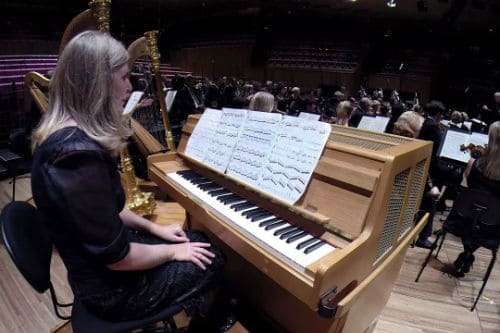
Interesting Facts
The Celesta is an amazing sounding instrument. It may look like a piano, but the sound is unique.
Take, for example, an interesting fact related to the ballet The Nutcracker by P.I. Tchaikovsky. In the second act, the dragee fairy dances to the crystal droplets of the melody. It seems that glass peas fall on a silver saucer, and then bounce off and disappear. Others compare these sounds with falling drops of water. The composer’s idea was able to become a reality thanks to the “heavenly”. Tchaikovsky admired him. And at the same time, he was afraid to share the find. Keeping a secret, with the help of P.I. Jurgenson managed to order the instrument from France. The secret was kept until the very premiere.
The described fact only confirms the originality and uniqueness of the celesta. A simple mechanism allows you to get unforgettable “bell” sounds. Until now, there is no tool that could become an alternative to the “heavenly”.



